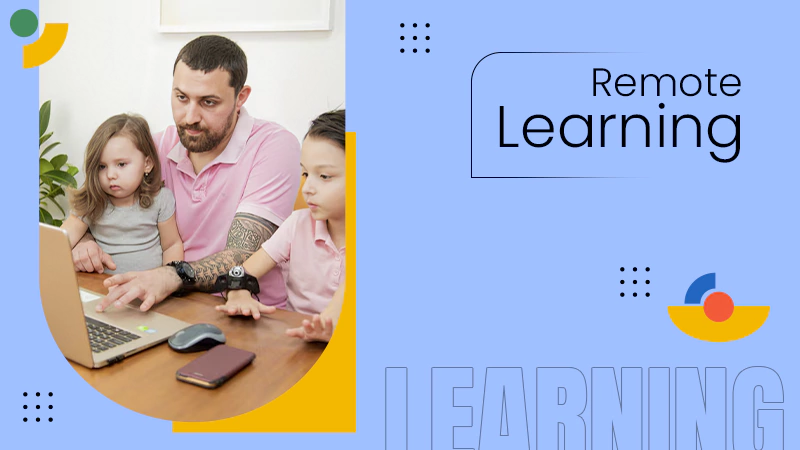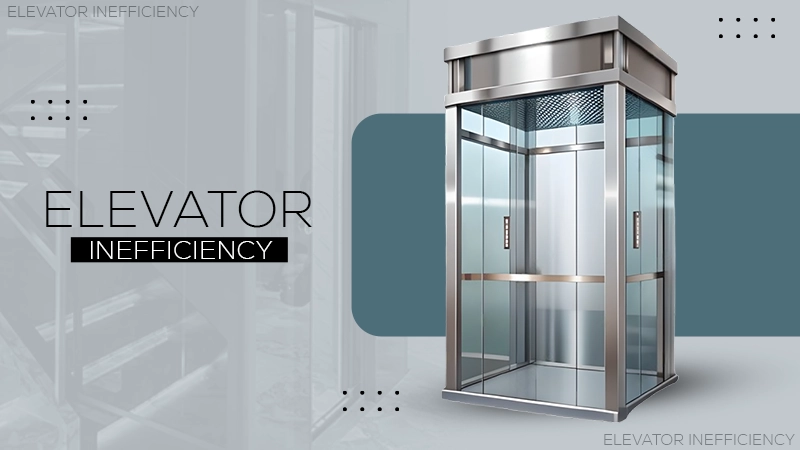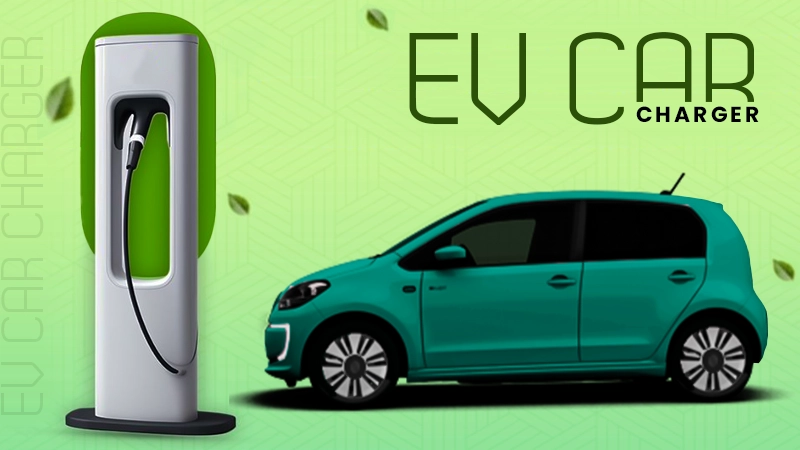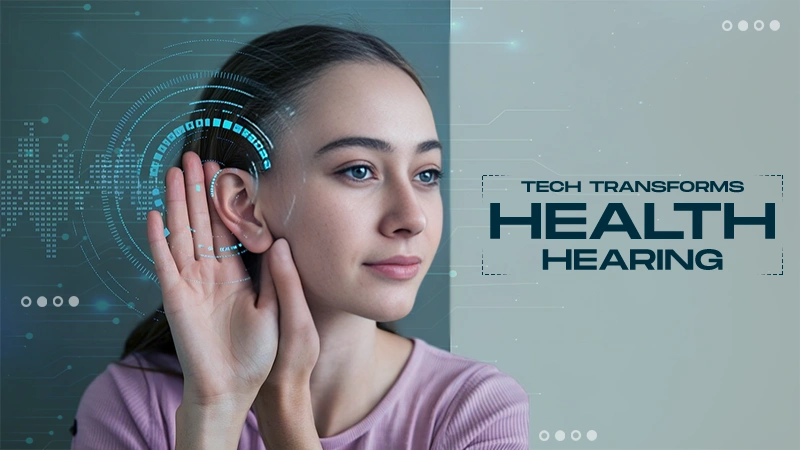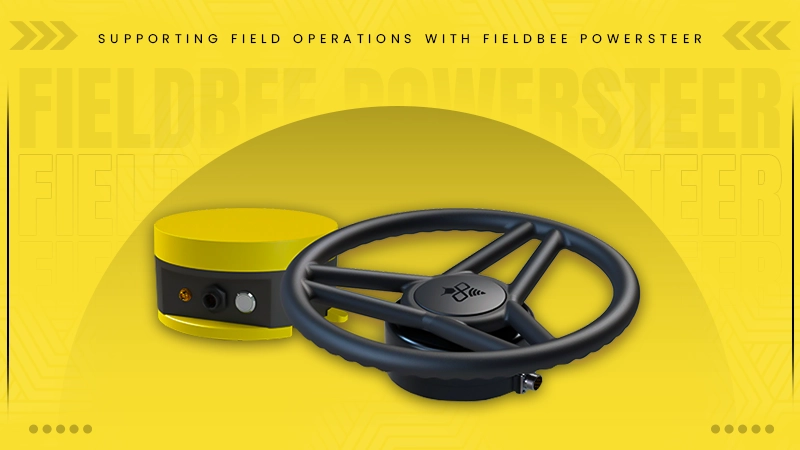Field Teams in AR: The Future of Jobsite Support with 3D Rendered Environments
Jump To Key Section
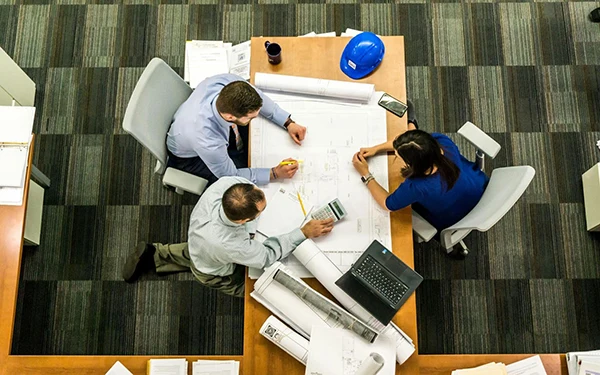
The field service world is shifting faster than ever. The days of technicians relying solely on paper manuals or memory to handle complex installations and repairs are quickly disappearing. What’s taking their place is something far more dynamic and interactive: the merging of Augmented Reality (AR) with 3D rendering services. Yes, you read that right—this is no longer just a futuristic concept. This integration is already changing how teams perform at the jobsite, providing immersive, real-time support that helps them work smarter, faster, and safer.
The secret sauce behind this revolution? High-detail 3d visualization services. These aren’t just flashy graphics—they’re detailed, accurate models that technicians can interact with on the job. They turn flat blueprints into rich, layered, intelligent tools. That’s the kind of support field professionals have always needed but only now can truly experience.
Why 3D Visualization Services Make AR Work in the Field
Let’s be clear—AR on its own is impressive. It overlays digital data on the physical world, enabling technicians to access key information without having to flip through thick manuals. However, without accurate visuals to support it, AR is limited. That’s why 3d visualization services are the backbone of any effective AR implementation in fieldwork.
Technicians can now visualize what’s hidden inside walls, under panels, or behind machinery—thanks to the power of photorealistic 3D models. Whether it’s a factory line, HVAC system, or solar energy array, having a visual representation that mimics the real-world asset in terms of scale, detail, and behavior makes all the difference. It’s not just about seeing more; it’s about understanding better.
The Evolution of Field Service Support
Field teams have always worked under pressure. Whether it was chasing parts across a site or troubleshooting systems without schematics, the challenge was always about having the correct information at the right time. That’s where AR steps in and solves a long-standing problem. With AR-enabled devices, technicians get real-time visual instructions overlaid directly onto their work environment.
And it’s not just about guidance. It’s about empowering field workers with tools that make their jobs easier and safer. Imagine being able to walk up to a panel, scan it, and immediately see which components need service, how to open it properly, and even where to place your tools. All of that, driven by smart integration with 3d rendering company assets, reduces mistakes and accelerates workflows.
What AR Looks Like with Real 3D Accuracy
Now, let’s talk in detail. A basic 3D shape is nice—but what field techs need is high fidelity. That’s where services from a 3d architectural rendering services provider come in. These companies don’t just build generic models—they replicate real-world machinery, infrastructure, or buildings down to the screw.
Once these models are integrated into an AR platform, the result is a digital twin that behaves and resembles the real thing. Teams can zoom in, rotate, strip away layers, or simulate tasks before touching any physical objects. That’s the power of an actual 3d architectural visualization services workflow.
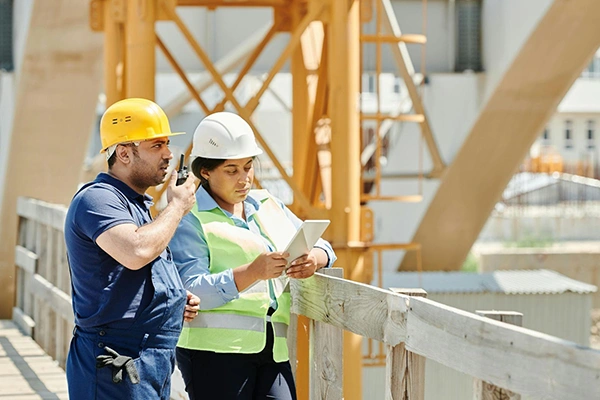
What’s In It for You? The Real Benefits
The marriage of AR and realistic 3D assets isn’t just cool. It’s practical—and it pays off.
Think of reduced errors. Think of faster task completion. Think new hires learn on the job without supervision because interactive overlays guide them through the process.
Imagine a technician working on a complex compressor. Instead of thumbing through a repair guide, they use AR glasses to scan the machine. The system instantly displays the component that’s malfunctioning and walks them through the repair with visuals. That’s time saved, accuracy improved, and performance boosted.
Then there’s safety. Visual cues and real-time instructions reduce risks. Workers can rehearse hazardous tasks virtually before doing them physically. That kind of preparation prevents injuries and keeps teams confident.
All this adds up to greater productivity, reduced downtime, and higher client satisfaction. When your AR tools are powered by the visual clarity of a 3d rendering firm, you don’t just get tech—you get results.
Where It’s Working: Real-World Impact
Industries everywhere are tapping into this potential. In construction, workers overlay infrastructure models onto unfinished spaces, identifying where elements such as plumbing or electrical wiring should be installed before any cutting or drilling occurs. It’s like having X-ray vision—but better.
In utilities, teams inspect transmission equipment using AR-powered tablets that layer maintenance logs and structural data onto what they see. When backed by a precise 3d architectural visualization company, these tools make the invisible visible—and manageable.
One energy provider even used 3d visualization studio assets to simulate underground pipeline routes across various terrains. This didn’t just speed up planning—it helped avoid costly errors before the ground was even broken.
How to Get Started: Key Implementation Tips
Ready to integrate AR and 3D into your operations? Great—but don’t rush in blind.
You need to start by evaluating which devices make sense for your teams—such as smartphones, tablets, or AR headsets. Each has its strengths. Then, ensure that your AR platform integrates with your data systems, such as your ERP, CRM, or field service software.
And, of course, don’t forget the content. Partnering with a 3d render services expert ensures your visuals are sharp, accurate, and customized for your assets and workflows. Without the right content, even the best AR hardware falls flat.
Lastly, remember that training is crucial. Even if AR feels intuitive, your teams still need a structured onboarding process to learn how to navigate the models, trigger overlays, and access layered data in real time.
Best Practices for Success
So, how do you bring all this together into a winning strategy? Stick to these essential practices:
- Start with a clear objective – Whether it’s faster repairs, safer operations, or shorter training, define what success looks like.
- Work with experienced partners – Choose a reliable AR vendor and a trusted 3d rendering agency that understands your industry.
- Pilot first, scale later – Begin small, learn what works, and iterate before scaling across departments or locations.
- Train your team intensely – Don’t assume users will “just get it.” Invest in role-based training.
- Track what matters – Monitor key performance indicators (KPIs) such as time-to-repair, task accuracy, and technician satisfaction.
- Update frequently – Your assets evolve. Make sure your 3D models evolve with them.
Conclusion
Here’s the bottom line: the future of job site support is immersive, intelligent, and highly visual. AR gives your team the lens, but 3d visualization services provide the depth. Together, they help technicians not only do their work—but own it.
By working with a skilled 3d rendering company and embracing AR across your operations, you’re not just digitizing your field service—you’re transforming it. And with every zoom, overlay, and guided step, you’re turning complexity into clarity.
Field teams don’t need more paperwork. They need better vision. This is how you give it to them.
